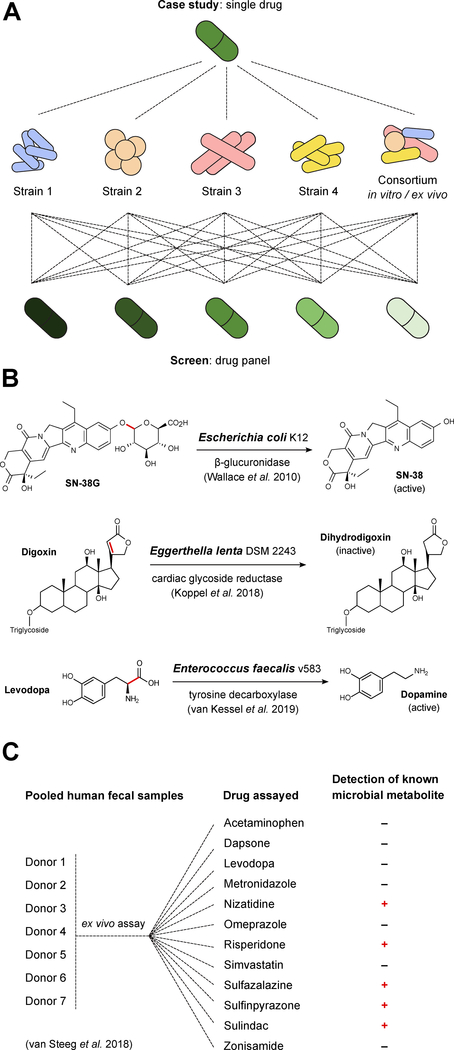Figure 1. Drug metabolism: from case studies to screens.
(A) Case studies and screens are complementary approaches. Detailed case studies enable the discovery and mechanistic analysis of the microbial species, genes, and enzymes involved in drug biotransformations, whereas screens enable more high-throughput testing of drug metabolism by individual strains or bacterial consortia. (B) Case studies have identified bacterial strains involved in the transformation of drugs or their metabolites; examples include digoxin (Eggerthella lenta DSM 2243), levodopa (Enterococcus faecalis v583), and SN-38 (Escherichia coli K12). (C) Ex vivo screens can be applied to human fecal samples to identify drugs subject to microbial metabolism by a particular individual or individuals. A recent study used ex vivo incubations of a pooled fecal sample from 7 donors with a panel of 12 drugs and identified metabolites for nizatidine, risperidone, sulfasalazine, sulfinpyrazone, and sulindac.

